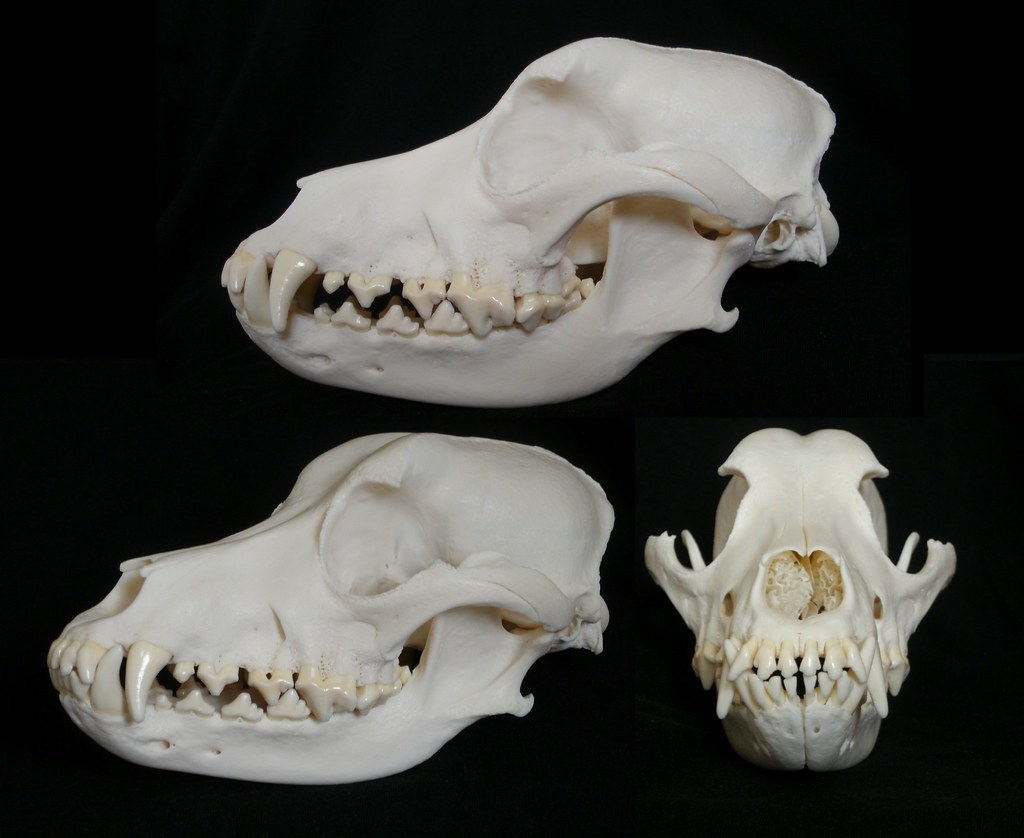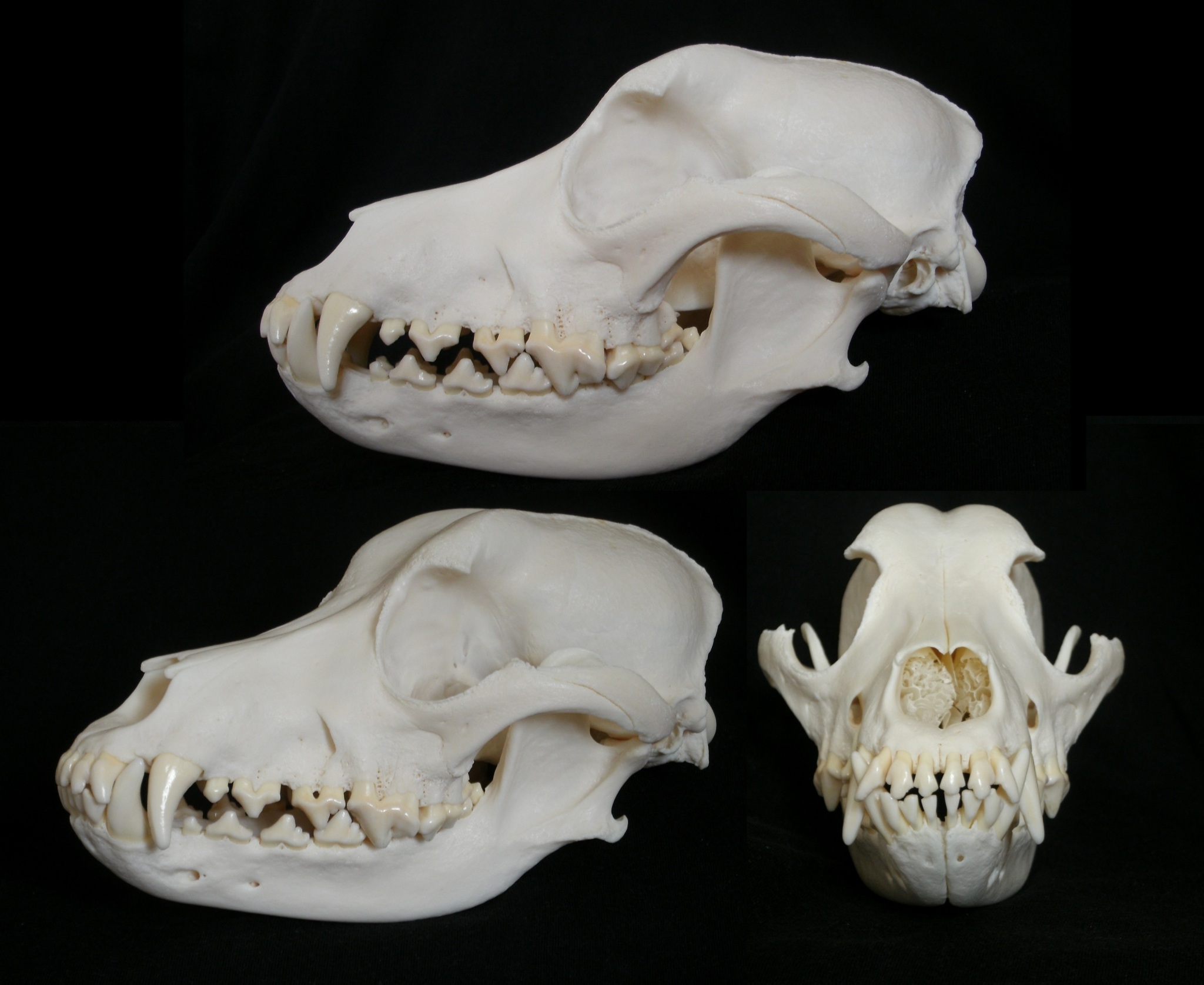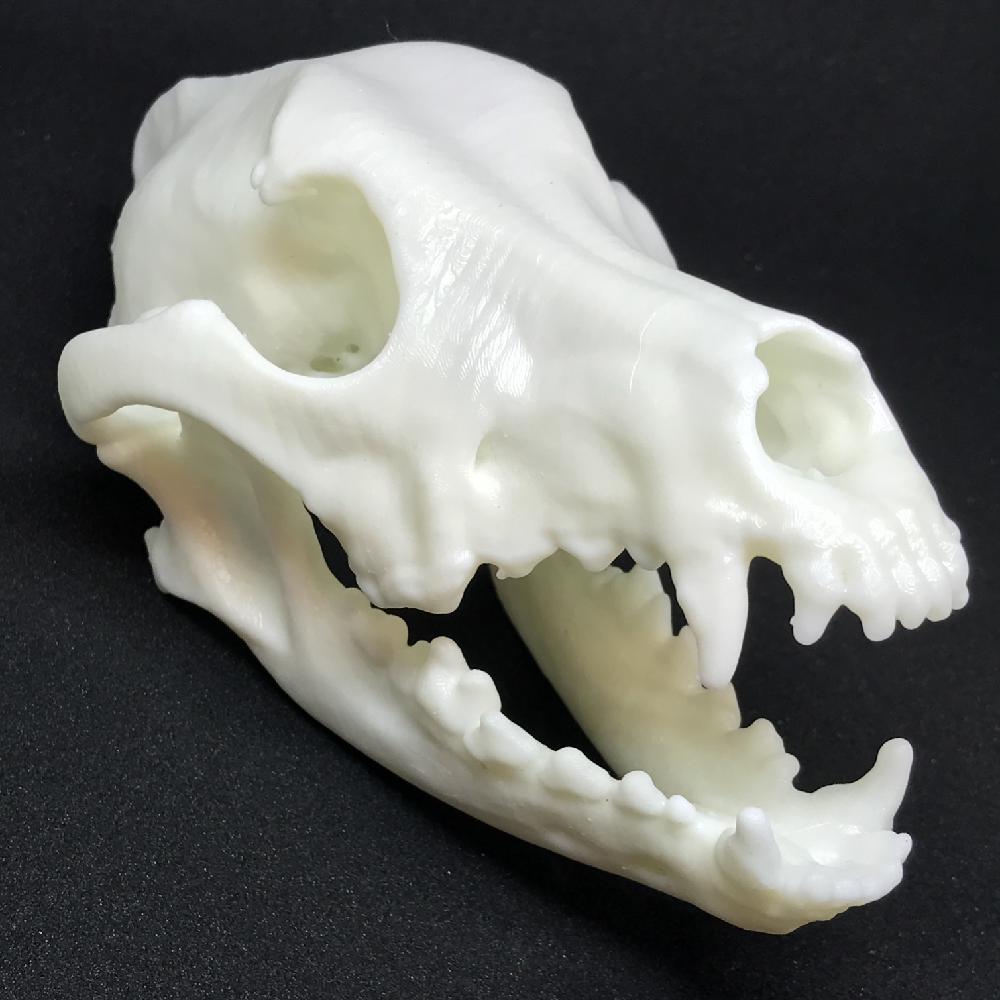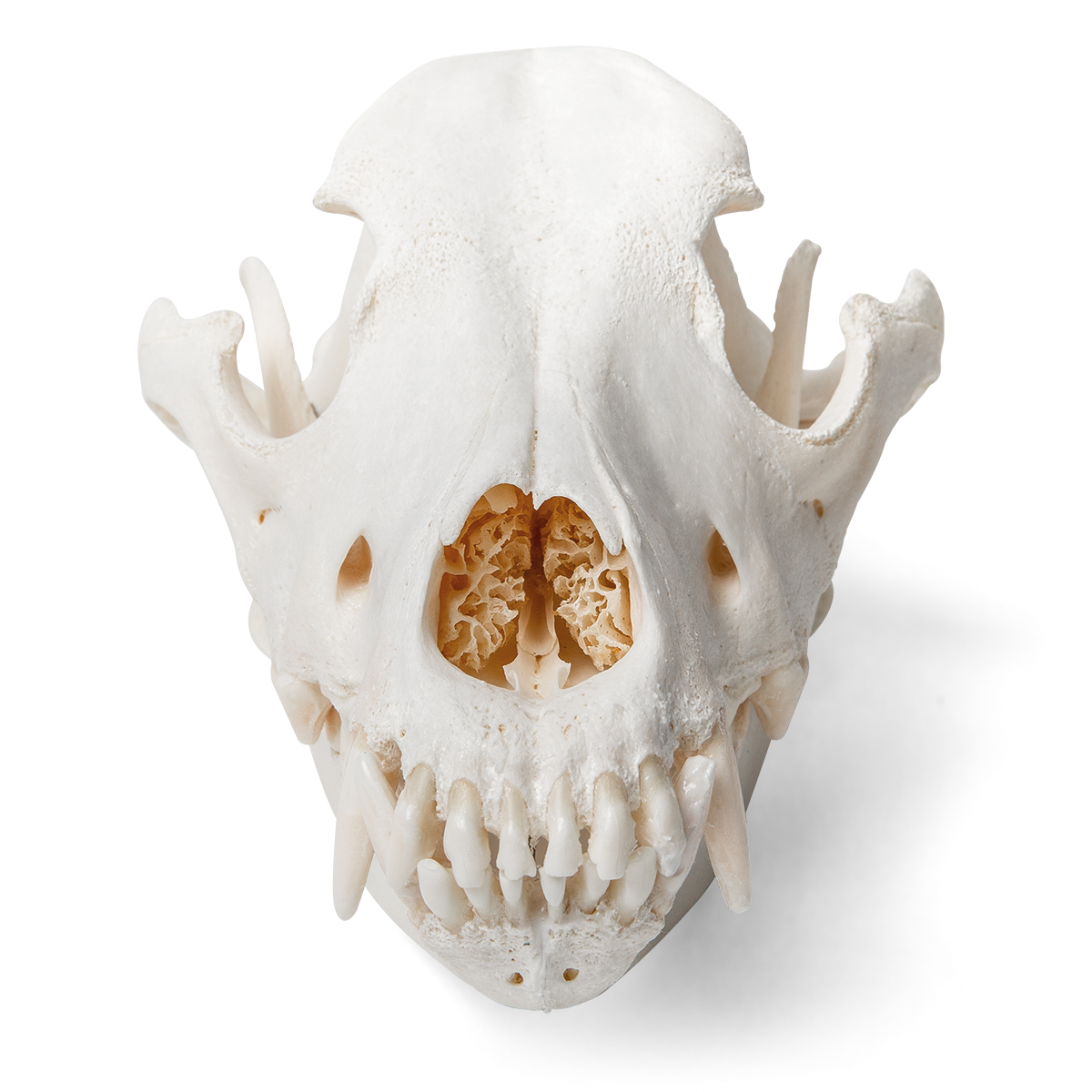The Importance of Understanding the Dog Skull

The dog skull is a remarkable structure that plays a crucial role in understanding the anatomy and behaviors of our beloved furry friends. It provides valuable insights into the evolutionary adaptations, sensory capabilities, and overall health of canines. This article will delve into the fascinating world of dog skulls, exploring their various features, functions, and significance.
An Overview of Canine Skull Types

Dog skulls can be categorized into three primary types: dolichocephalic, mesocephalic, and brachycephalic. Dolichocephalic skulls, found in breeds like the Afghan Hound, are long and narrow. Mesocephalic skulls, seen in popular breeds like Labrador Retrievers, have a moderate breadth. Brachycephalic skulls, characteristic of breeds such as Bulldogs, are short and wide. These variations influence not only the appearance but also the respiratory and sensory capabilities of different dog breeds.
The Structure and Composition of a Dog Skull

A dog skull is composed of various bones that fuse together during development. The cranium encloses and protects the brain, while the mandible forms the lower jaw. The maxilla, zygomatic arch, and nasal bones contribute to the dog's facial structure. These bones are connected by sutures, allowing flexibility and accommodating growth. Understanding the structure and composition of the dog skull is essential for veterinarians, researchers, and dog enthusiasts alike.
Dental Features: A Window into Canine Health

The dog skull provides valuable insights into the dental health of canines. By examining a dog's teeth, veterinarians can assess their overall well-being, detect potential oral diseases, and determine the dog's age. Canine teeth include incisors, canines, premolars, and molars, each serving specific functions in gripping, tearing, and grinding food. Dental care is vital for maintaining a dog's overall health and preventing common dental issues.
Evolutionary Adaptations and Functional Significance

The evolution of the dog skull is a testament to the diverse adaptations that have occurred over thousands of years. For instance, the shape of the skull affects a dog's olfactory capabilities, hearing range, and visual field. The elongated snouts of dolichocephalic breeds enhance their scent detection, while brachycephalic breeds have a wider visual field due to their broad skulls. These adaptations have allowed dogs to thrive in various ecological niches and develop unique traits.
Skull Abnormalities and Health Issues

Some dog breeds are more prone to skull abnormalities and associated health issues. Brachycephalic obstructive airway syndrome (BOAS) is a common condition found in breeds with flattened faces, leading to respiratory difficulties. Chiari malformation and syringomyelia are neurologic disorders prevalent in certain toy breeds, characterized by skull deformities that affect the brain and spinal cord. Recognizing these abnormalities is crucial for responsible breeding and ensuring the well-being of affected dogs.
Forensic Applications: Unraveling Canine Mysteries

The study of dog skulls has significant forensic applications, aiding in the investigation of animal-related crimes and identifying breeds involved in attacks. Forensic experts can analyze skull characteristics, dental patterns, and bite marks to determine the size, breed, and behavior of an involved dog. This information is invaluable in legal proceedings, helping to establish liability and ensure justice in cases involving dogs.
Cultural Significance: Dog Skulls in History

Dog skulls hold cultural significance in various societies throughout history. Ancient civilizations, such as the Egyptians and Greeks, revered dogs and often included depictions of dog skulls in their artwork and rituals. In some cultures, dog skulls were used for ceremonial purposes, serving as symbols of protection or as offerings to deities. Exploring these historical connections provides a deeper understanding of the human-canine bond that has endured for centuries.
Conclusion
The dog skull is a fascinating subject that offers valuable insights into canine anatomy, behavior, and health. Understanding the various types of dog skulls, dental features, evolutionary adaptations, and associated health issues is crucial for veterinarians, researchers, and dog enthusiasts. Furthermore, the forensic and historical significance of dog skulls highlights their cultural and scientific relevance. By delving into the intricacies of the dog skull, we can further appreciate the remarkable complexity and beauty of our canine companions.